Home>Furniture & Design>Interior Design Trends>Why Are Old Glass Windows Thicker At The Bottom
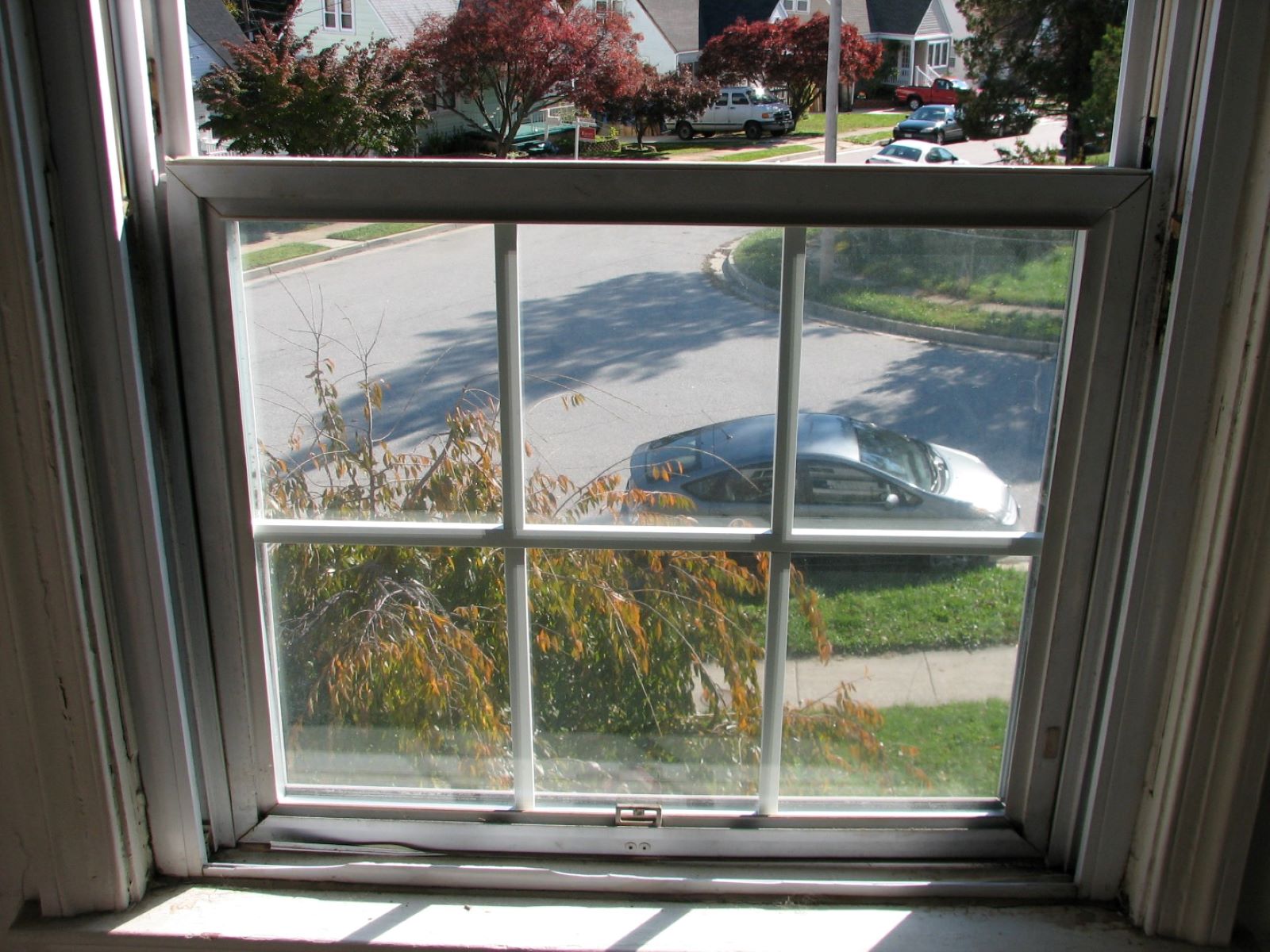

Interior Design Trends
Why Are Old Glass Windows Thicker At The Bottom
Modified: February 18, 2024
Discover the fascinating history behind old glass windows and why they appear thicker at the bottom. Explore how this phenomenon ties into interior design trends. Unlock the secrets of vintage glass and its impact on modern aesthetics.
(Many of the links in this article redirect to a specific reviewed product. Your purchase of these products through affiliate links helps to generate commission for Storables.com, at no extra cost. Learn more)
Introduction
Glass windows have long been an integral part of architectural design, offering both functionality and aesthetic appeal. However, a peculiar phenomenon has sparked curiosity and debate among many individuals: why are old glass windows thicker at the bottom? This question has led to various theories and speculations, captivating the interest of historians, scientists, and enthusiasts alike.
The mystery surrounding the thickness of old glass windows has prompted a quest for understanding the underlying reasons behind this intriguing occurrence. Delving into the historical background of glass windows and exploring the properties of glass itself can shed light on this enigma. Furthermore, a scientific examination of the phenomenon will provide valuable insights into the factors contributing to the thicker bottoms of old glass windows.
As we embark on this exploration, it is essential to approach the topic with a blend of curiosity and analytical thinking. By unraveling the secrets of old glass windows, we can gain a deeper appreciation for the artistry and science behind their creation. Join us on this captivating journey as we delve into the historical, physical, and scientific dimensions of old glass windows and uncover the truth behind their thicker bottoms.
Key Takeaways:
- Glass windows are thicker at the bottom due to historical manufacturing methods and the effects of gravity over time, not because the glass is flowing like a liquid. It’s a fascinating blend of art, history, and science!
- Understanding the properties of glass, including its durability and transparency, helps unravel the mystery of old glass windows. It’s like peering through a time portal into the craftsmanship and creativity of past civilizations!
Read more: Why Is Old Glass Wavy
Historical Background of Glass Windows
The history of glass windows dates back to ancient civilizations, where the concept of using translucent materials to allow light into structures first emerged. The earliest known examples of glass windows can be traced to the Roman Empire, where glass panes were used in the construction of luxurious villas and public buildings. These early glass windows were crafted using a technique known as "crown glass," which involved blowing a large bubble of glass that was then spun into a flat disc, creating a relatively uniform thickness.
During the medieval period, the art of glassmaking flourished, leading to significant advancements in the production of glass windows. Stained glass windows became prominent features in Gothic cathedrals, depicting religious narratives and vibrant imagery. The intricate craftsmanship and vibrant colors of stained glass windows added a sense of grandeur and spirituality to architectural spaces, captivating the hearts and minds of worshippers and visitors.
As architectural styles evolved, the design and function of glass windows underwent transformative changes. The Renaissance period saw a resurgence of interest in classical architecture, leading to the development of larger windows with intricate mullion and transom designs. This architectural shift emphasized the importance of natural light and visual connection to the surrounding environment, influencing the design of residential and public buildings.
The industrial revolution brought about significant innovations in glass production, paving the way for the mass production of flat glass panes. This technological advancement revolutionized the construction industry, enabling the widespread use of large, clear glass windows in commercial and residential buildings. The evolution of glass manufacturing techniques and the introduction of float glass technology further enhanced the quality and uniformity of glass panes, contributing to the modernization of architectural design.
Throughout history, the evolution of glass windows has been intertwined with cultural, artistic, and technological developments, shaping the way we perceive and interact with architectural spaces. The historical journey of glass windows reflects the ingenuity and creativity of human civilization, highlighting the enduring significance of this essential architectural element. Understanding the historical context of glass windows provides valuable insights into the craftsmanship, cultural influences, and technological advancements that have shaped their evolution over the centuries.
Understanding the Properties of Glass
Glass, a material renowned for its transparency, durability, and versatility, possesses unique properties that have made it a fundamental component of architectural design. Composed primarily of silica, soda ash, and lime, glass undergoes a meticulous manufacturing process to achieve its distinctive characteristics. Understanding the properties of glass is essential in unraveling the mystery of old glass windows and the phenomenon of thicker bottoms.
One of the defining properties of glass is its amorphous structure, devoid of a crystalline lattice, which contributes to its transparency and ability to transmit light. This inherent quality makes glass an ideal medium for creating windows, allowing natural light to permeate interior spaces while providing a visual connection to the external environment. The optical clarity of glass enables unobstructed views, enhancing the aesthetic appeal of architectural structures.
Furthermore, the mechanical properties of glass, including its hardness and tensile strength, play a crucial role in its functionality as a building material. Glass windows are designed to withstand environmental forces, such as wind and thermal stress, while maintaining structural integrity. The ability of glass to resist deformation under external pressures ensures its reliability as a protective barrier, safeguarding interior spaces from the elements.
Thermal properties also contribute to the functionality of glass windows, influencing energy efficiency and indoor comfort. The insulating properties of modern glass formulations, such as low-emissivity coatings and gas-filled insulating layers, contribute to the regulation of heat transfer, reducing energy consumption and enhancing the sustainability of buildings. Understanding the thermal behavior of glass is essential in optimizing the performance of windows and mitigating heat loss or gain.
Moreover, the chemical durability of glass ensures its long-term stability and resistance to environmental degradation. Glass windows are designed to withstand exposure to moisture, pollutants, and UV radiation, maintaining their optical clarity and structural integrity over time. The chemical composition of glass, combined with surface treatments and protective coatings, enhances its resistance to corrosion and degradation, prolonging the lifespan of windows.
By comprehensively understanding the properties of glass, including its optical, mechanical, thermal, and chemical characteristics, we gain a deeper appreciation for its role in architectural applications. The unique combination of these properties contributes to the enduring appeal and functionality of glass windows, shaping the built environment and enriching the human experience within architectural spaces. This understanding sets the stage for exploring the intriguing phenomenon of thicker bottoms in old glass windows from a scientific perspective.
Old glass windows are thicker at the bottom due to the slow flow of glass over time. This is known as “glass flow” or “viscous flow” and occurs because glass is actually a supercooled liquid, not a solid.
The Myth of Thicker Bottoms
The phenomenon of old glass windows exhibiting thicker bottoms has long been shrouded in myth and speculation, giving rise to various conjectures and folklore. One prevalent myth suggests that the glass in antique windows gradually flows downward over time, resulting in the accumulation of thickness at the bottom. This notion has perpetuated the belief that glass possesses a liquid-like quality, leading to the misconception that the observed thickness is a result of centuries-old glass slowly succumbing to the relentless pull of gravity.
Another popular belief surrounding the thicker bottoms of old glass windows is rooted in the notion of deliberate design. It is often purported that ancient glassmakers intentionally crafted windows with varying thickness, with the rationale that the additional mass at the bottom would enhance stability and prevent breakage. This notion, while intriguing, lacks substantial evidence to support its validity and is largely based on anecdotal accounts and historical conjecture.
The persistence of these myths has contributed to a sense of mystique surrounding old glass windows, perpetuating a narrative that blurs the line between scientific understanding and historical folklore. While these myths have captured the imagination of many, it is essential to approach the phenomenon of thicker bottoms with a critical and analytical mindset, seeking to unravel the truth behind this intriguing occurrence.
As we delve deeper into the scientific exploration of old glass windows, it becomes evident that dispelling these myths requires a comprehensive understanding of the physical and chemical properties of glass, as well as the factors that influence its structural integrity over time. By examining the phenomenon through a scientific lens, we can unravel the mysteries of old glass windows and gain valuable insights into the mechanisms that contribute to the observed variations in thickness.
The myths surrounding the thicker bottoms of old glass windows serve as a testament to the enduring fascination with this enigmatic phenomenon. However, it is through scientific inquiry and empirical evidence that we can uncover the underlying truths and dispel the misconceptions that have permeated the narrative surrounding this captivating aspect of architectural history.
Scientific Explanation for Thicker Bottoms
The scientific explanation for the phenomenon of thicker bottoms in old glass windows lies in the historical methods of glass production and the inherent properties of glass itself. Contrary to the popular myth of glass flowing over time, the variations in thickness are attributed to the manufacturing processes and the limitations of early glassmaking techniques.
During the medieval and Renaissance periods, the production of glass panes involved a manual process that resulted in uneven thickness distribution. Glassmakers would spin molten glass into a disc, a technique that inherently led to variations in thickness due to the centrifugal forces acting on the viscous material. As a result, the center of the spun disc would be thinner, while the periphery would exhibit greater thickness, creating a characteristic convex shape.
When these spun glass discs were cut into smaller panes for windows, the thicker periphery of the disc often became the bottom of the window due to practical considerations. This uneven distribution of glass thickness was further exacerbated by the limitations of glass grinding and polishing techniques, which were unable to fully rectify the variations in thickness.
Over time, the imperfections in the glass, compounded by the effects of gravity and environmental factors, contributed to the observable phenomenon of thicker bottoms in old glass windows. The gradual downward sagging of the glass under its own weight, known as "creep," further accentuated the disparities in thickness, resulting in the distinct visual characteristic that has captivated the curiosity of observers for centuries.
Moreover, the chemical composition of historical glass formulations, which often contained impurities and inconsistent material properties, contributed to the differential rates of surface degradation and alteration, further accentuating the variations in thickness over time.
By examining the scientific principles underlying the production and behavior of historical glass, we gain a nuanced understanding of the factors that culminate in the thicker bottoms observed in old glass windows. This scientific perspective dispels the myths and misconceptions surrounding the phenomenon, offering a compelling explanation rooted in the physical properties and historical manufacturing techniques of glass.
The scientific explanation for thicker bottoms in old glass windows provides a fascinating glimpse into the intersection of art, history, and material science, unraveling the mysteries of architectural heritage and enriching our appreciation for the enduring legacy of glass as a fundamental element of human creativity and ingenuity.
Read more: What Is A Glass Bottom Boat
Conclusion
In conclusion, the enigmatic phenomenon of old glass windows exhibiting thicker bottoms has been a subject of fascination and speculation for generations. Through a comprehensive exploration of the historical, physical, and scientific dimensions of glass windows, we have gained valuable insights into the factors contributing to this intriguing occurrence.
The historical background of glass windows revealed the evolution of architectural design and the cultural significance of windows throughout different eras. From the exquisite stained glass windows of Gothic cathedrals to the technological advancements in glass production during the industrial revolution, the journey of glass windows reflects the ingenuity and creativity of human civilization.
Understanding the properties of glass, including its optical, mechanical, thermal, and chemical characteristics, provided a foundation for unraveling the mystery of thicker bottoms in old glass windows. The unique combination of these properties contributes to the enduring appeal and functionality of glass windows, shaping the built environment and enriching the human experience within architectural spaces.
Dispelling the myths surrounding the thicker bottoms of old glass windows was essential in paving the way for a scientific explanation rooted in historical glassmaking techniques and material properties. The scientific perspective unveiled the inherent variations in thickness resulting from manual glass production methods and the limitations of early manufacturing processes, offering a compelling explanation for the observed phenomenon.
By delving into the scientific principles underlying the production and behavior of historical glass, we have gained a nuanced understanding of the factors that culminate in the thicker bottoms observed in old glass windows. This scientific perspective dispels the myths and misconceptions surrounding the phenomenon, offering a compelling explanation rooted in the physical properties and historical manufacturing techniques of glass.
In essence, the exploration of old glass windows and their thicker bottoms has provided a captivating journey through history, artistry, and material science. It has underscored the enduring legacy of glass as a fundamental element of architectural heritage, inviting us to appreciate the intricate interplay of craftsmanship, cultural influences, and scientific principles that have shaped the evolution of glass windows over the centuries. As we gaze upon the time-worn panes of old glass windows, we are reminded of the enduring allure of this architectural marvel and the timeless mysteries it continues to impart.
Frequently Asked Questions about Why Are Old Glass Windows Thicker At The Bottom
Was this page helpful?
At Storables.com, we guarantee accurate and reliable information. Our content, validated by Expert Board Contributors, is crafted following stringent Editorial Policies. We're committed to providing you with well-researched, expert-backed insights for all your informational needs.
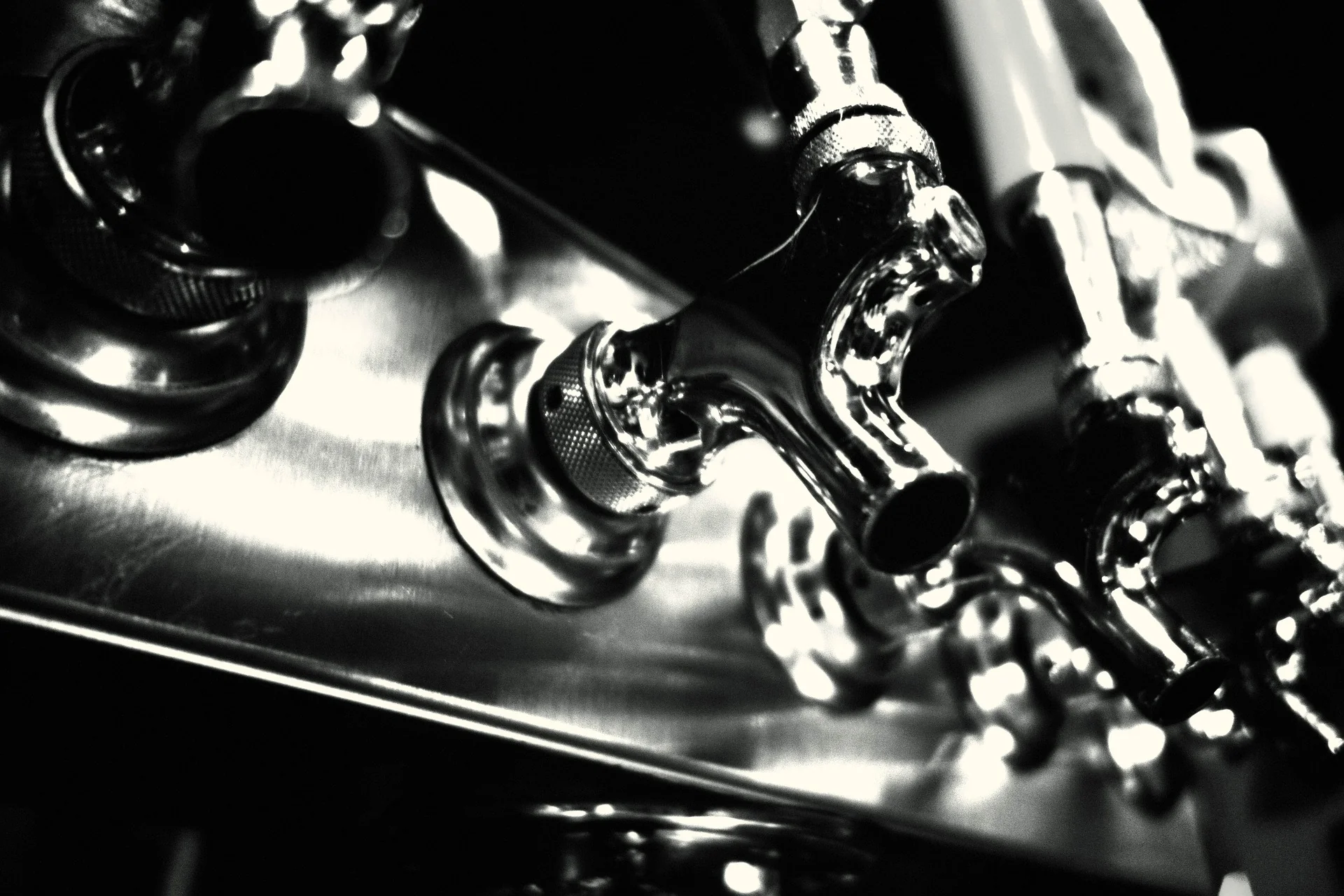
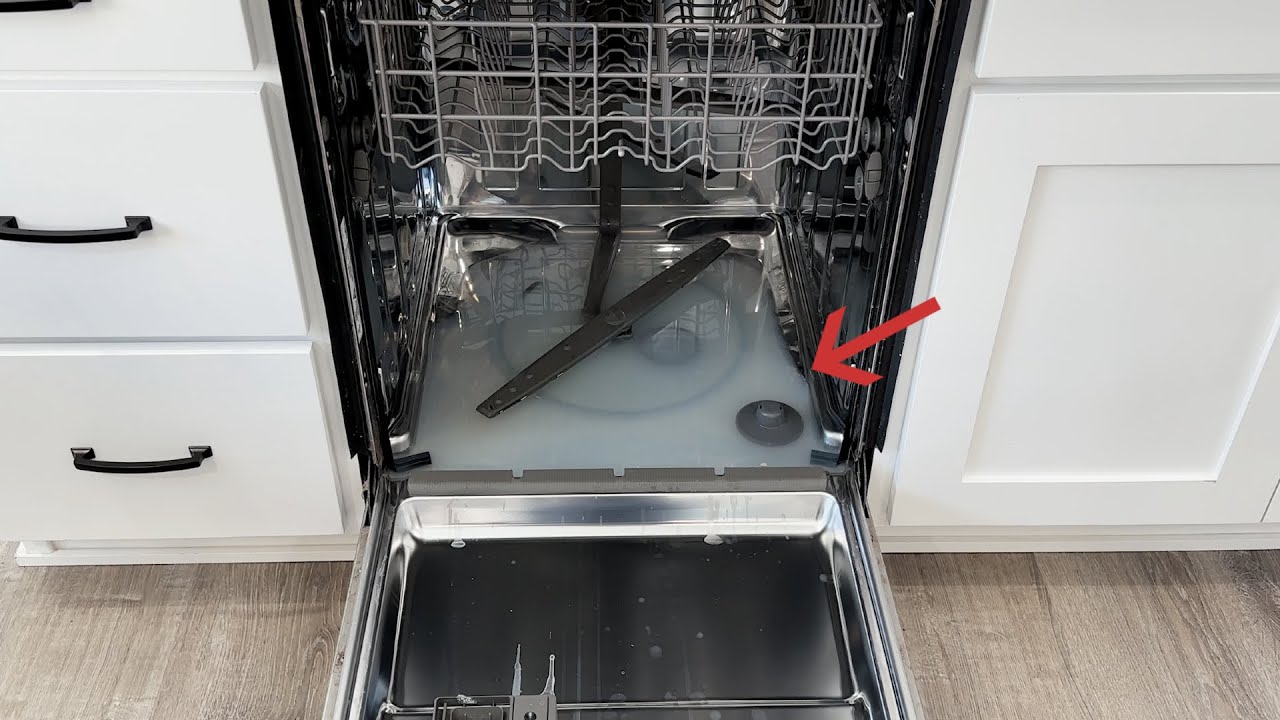

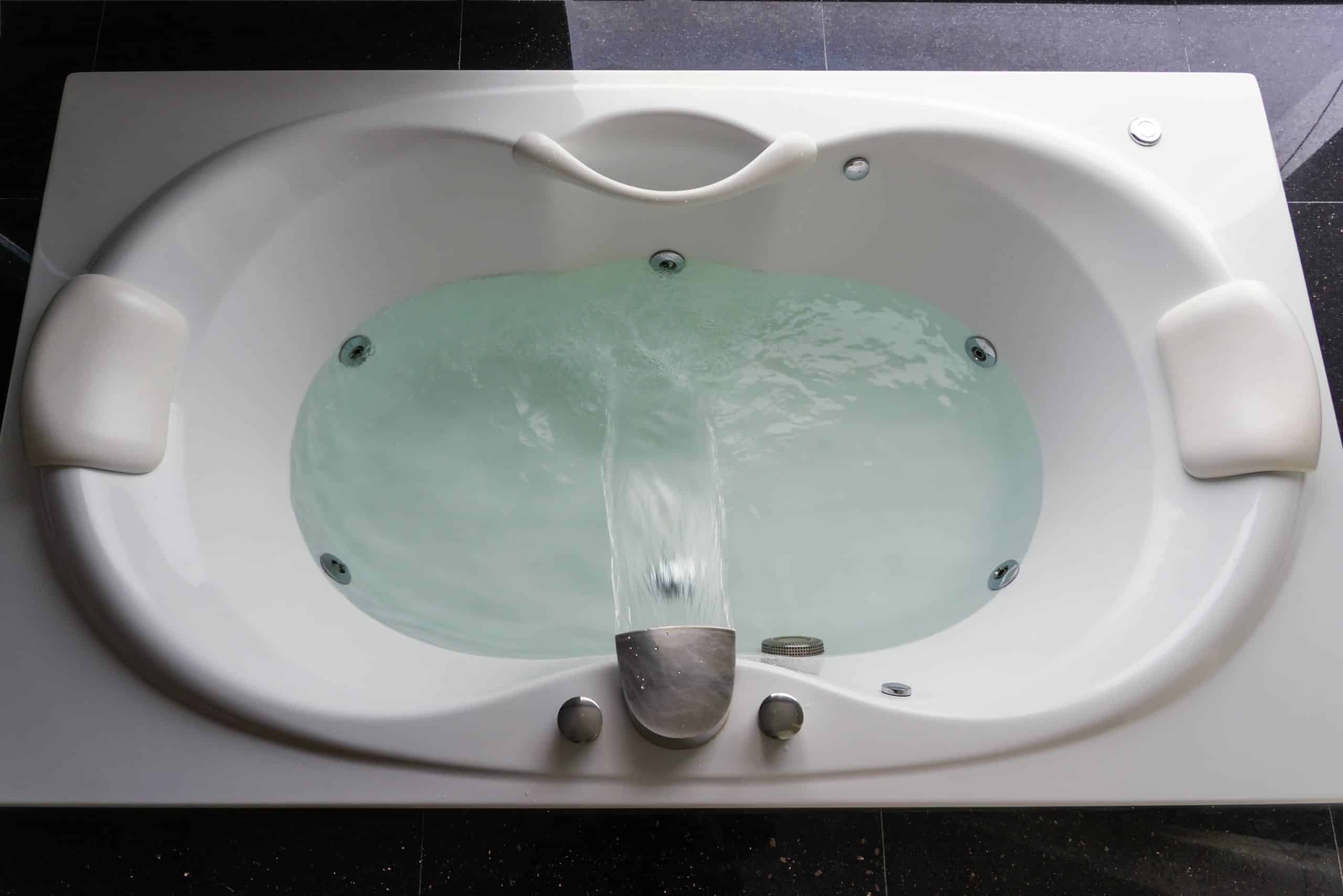
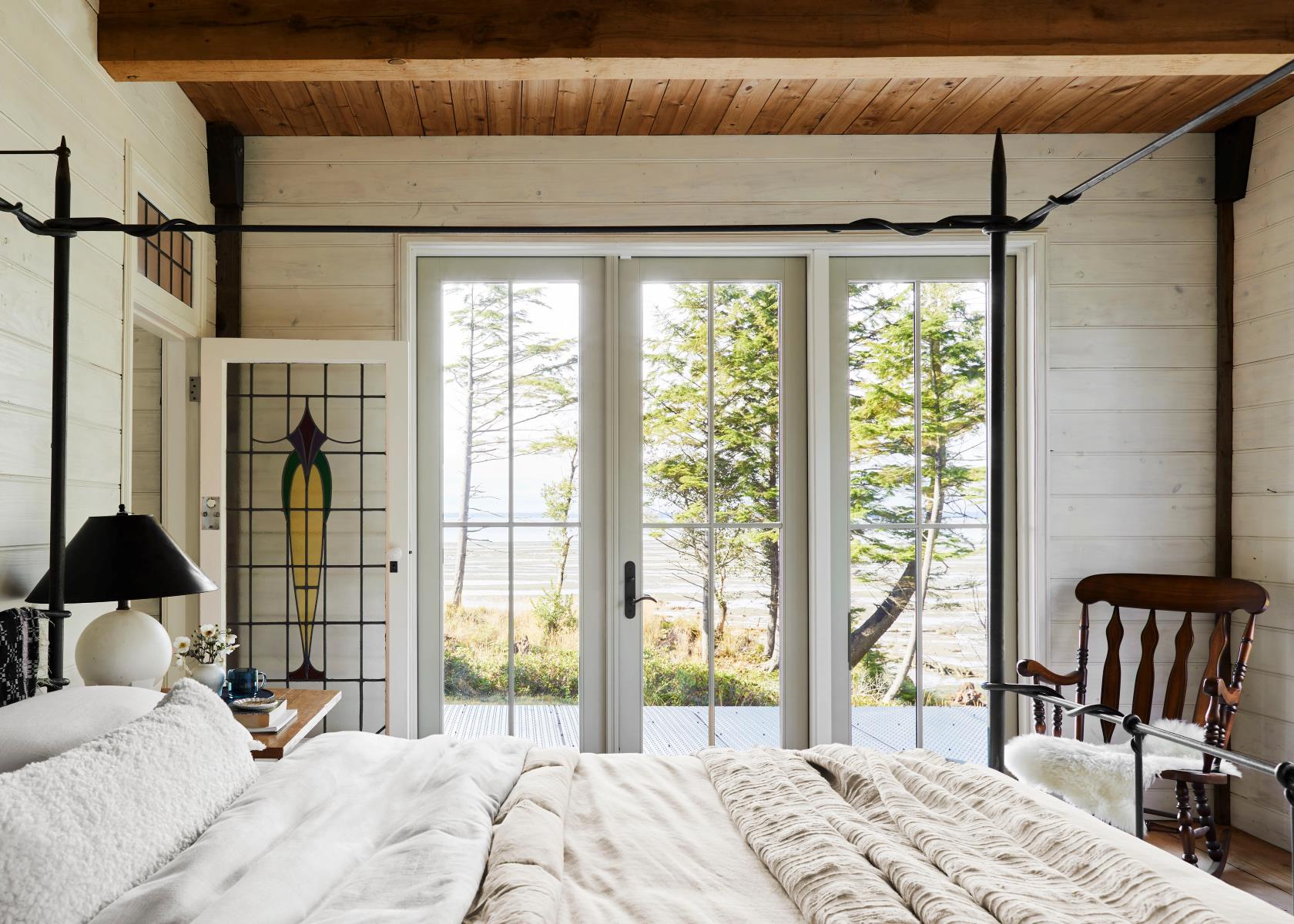
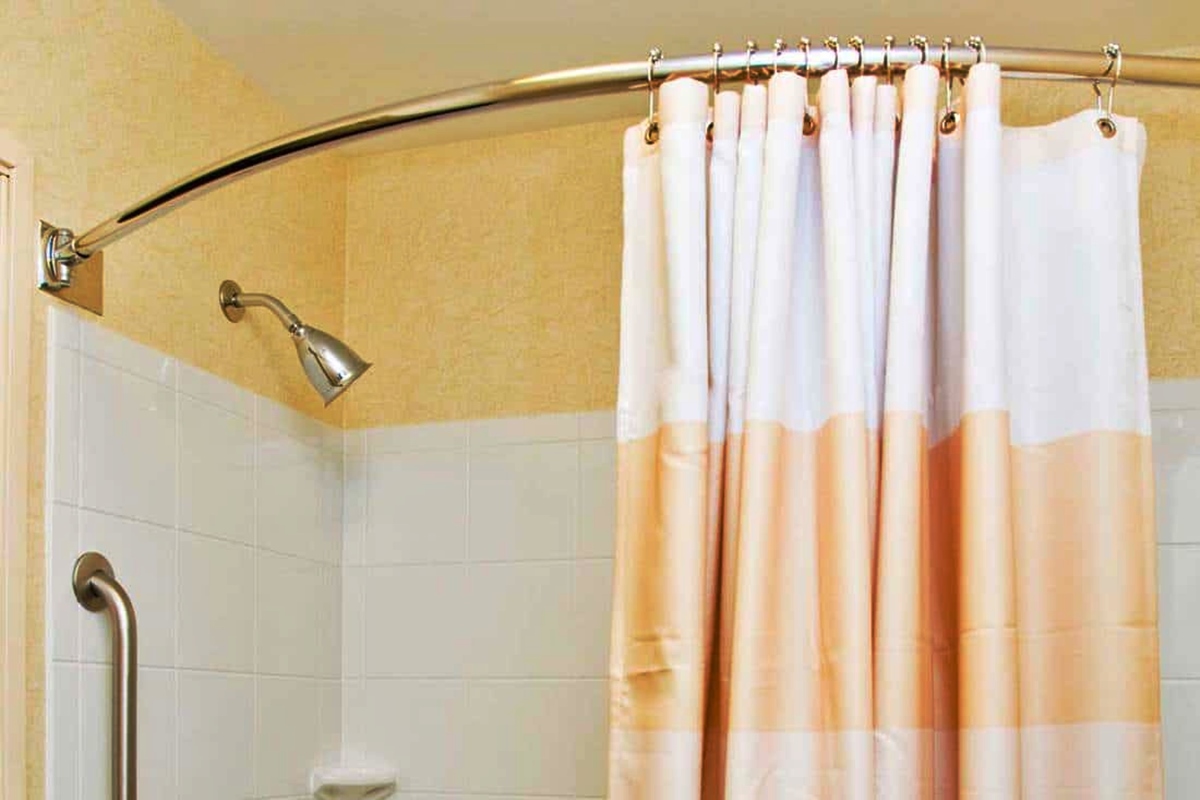
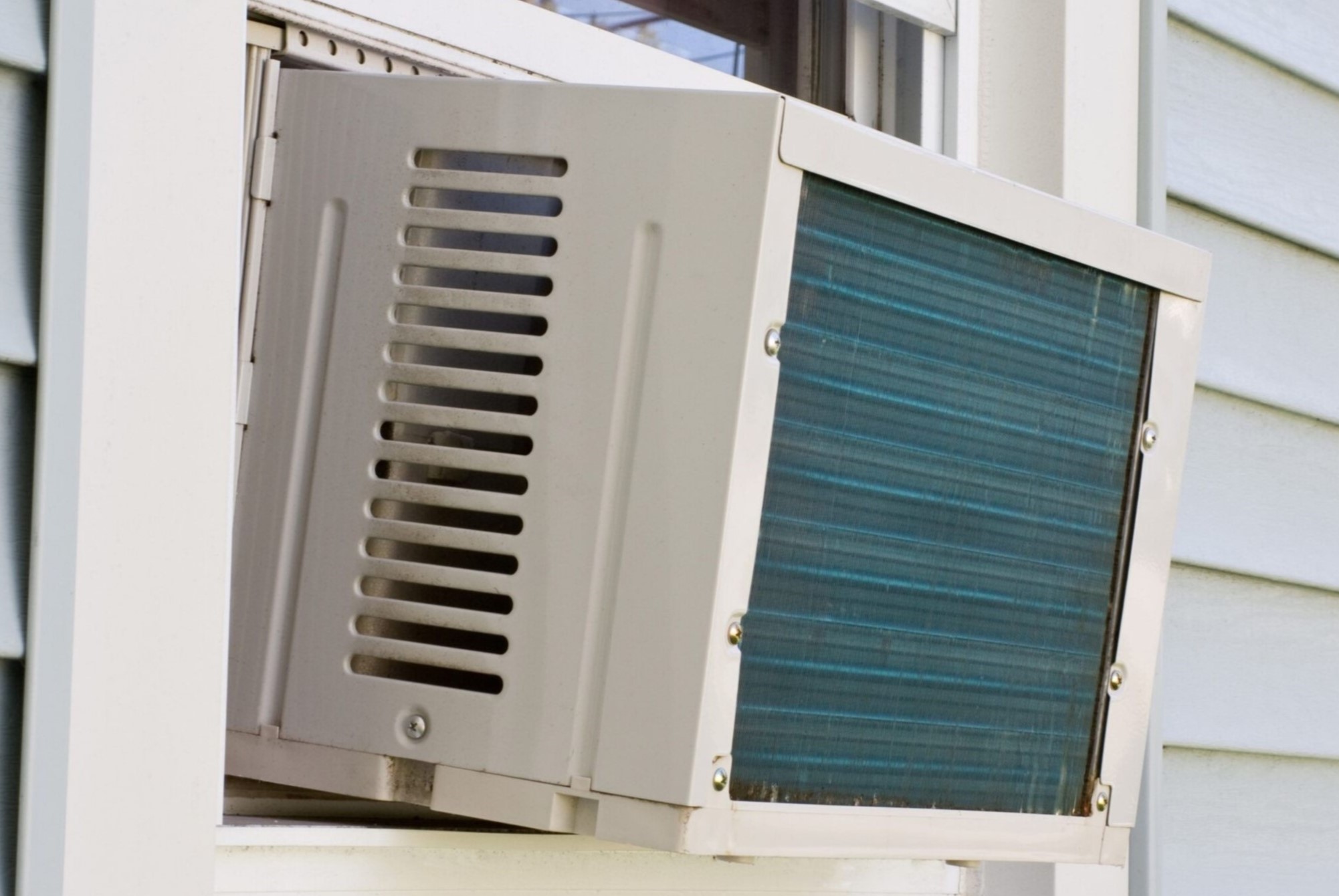
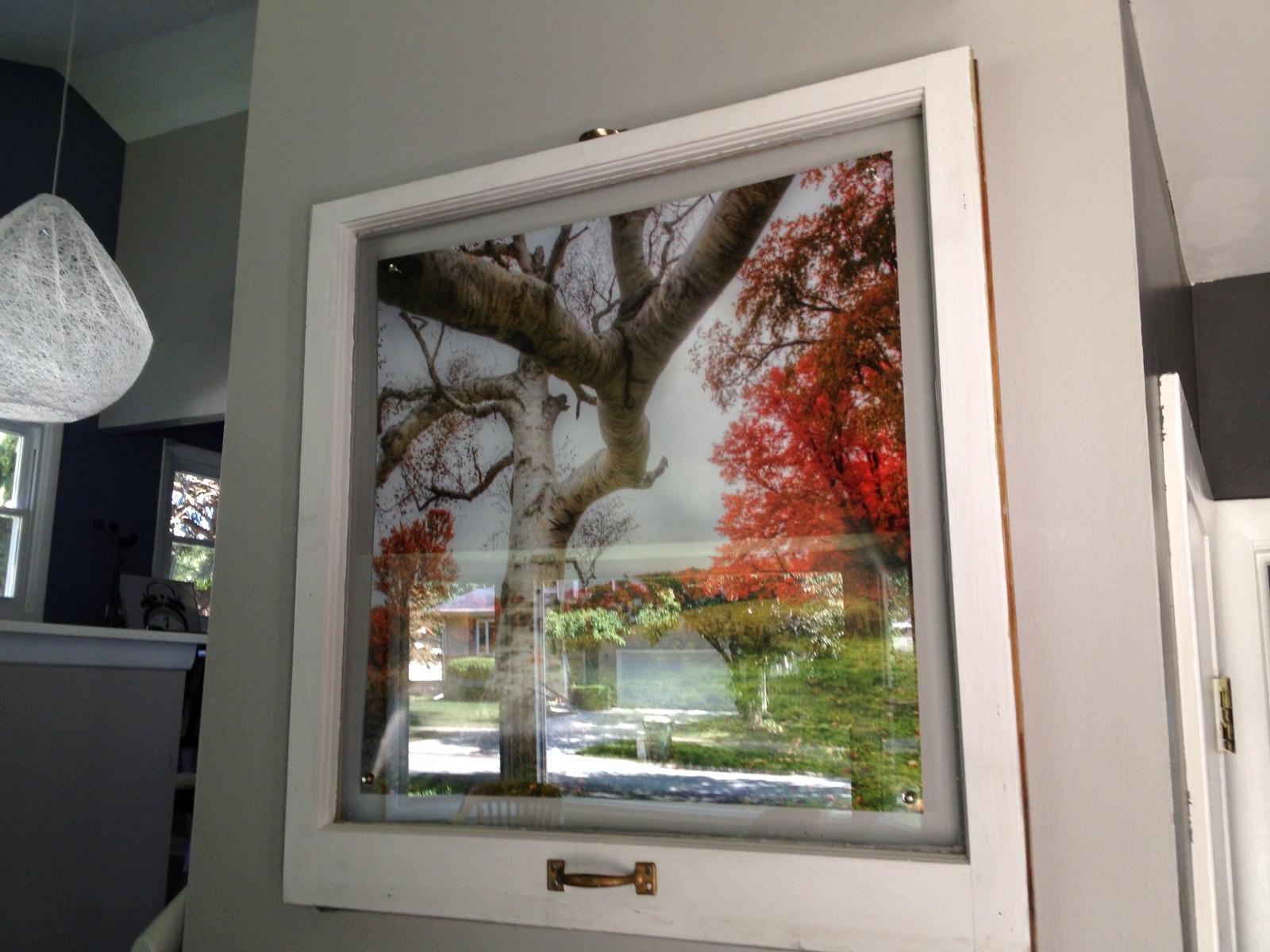
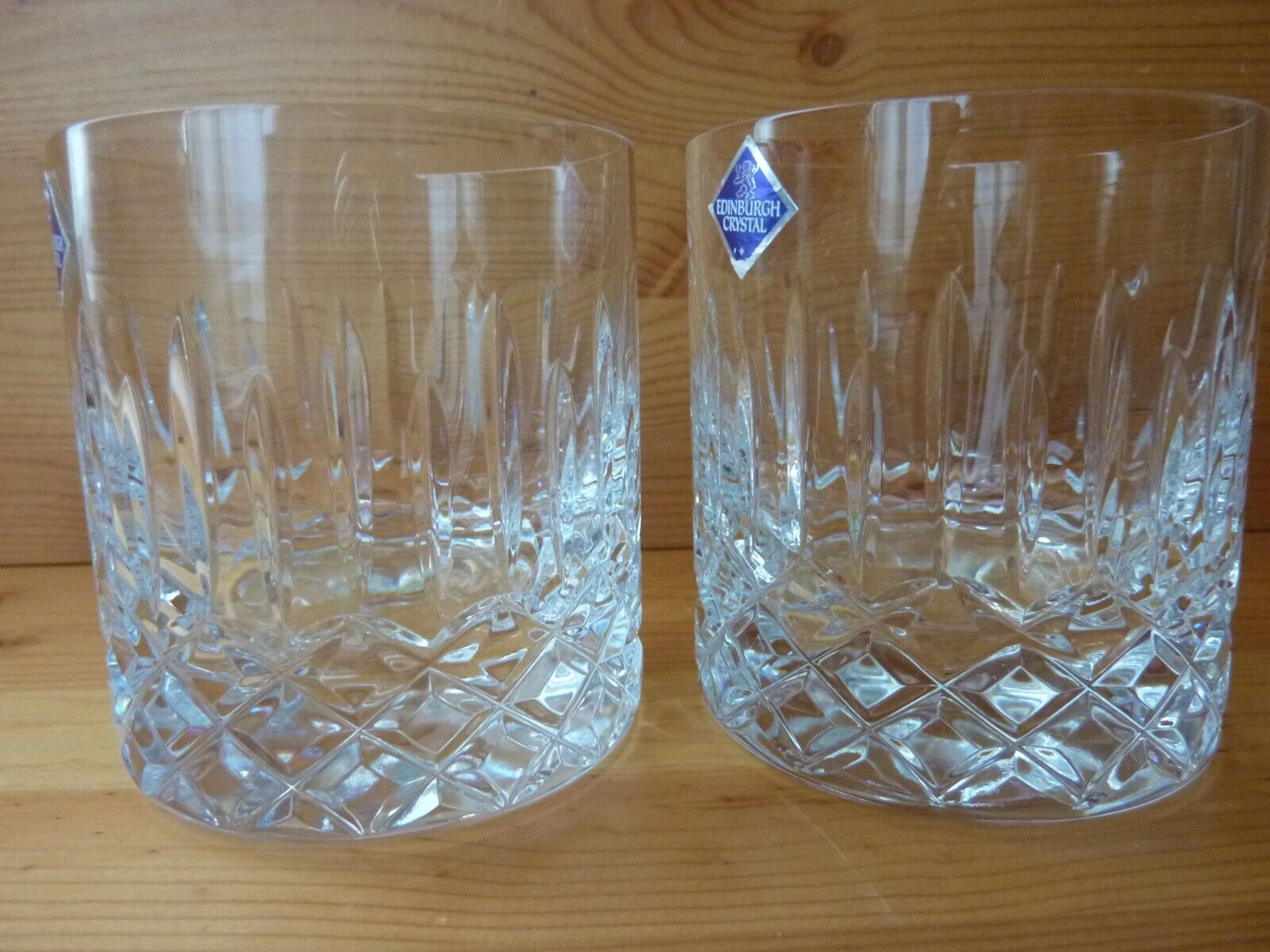
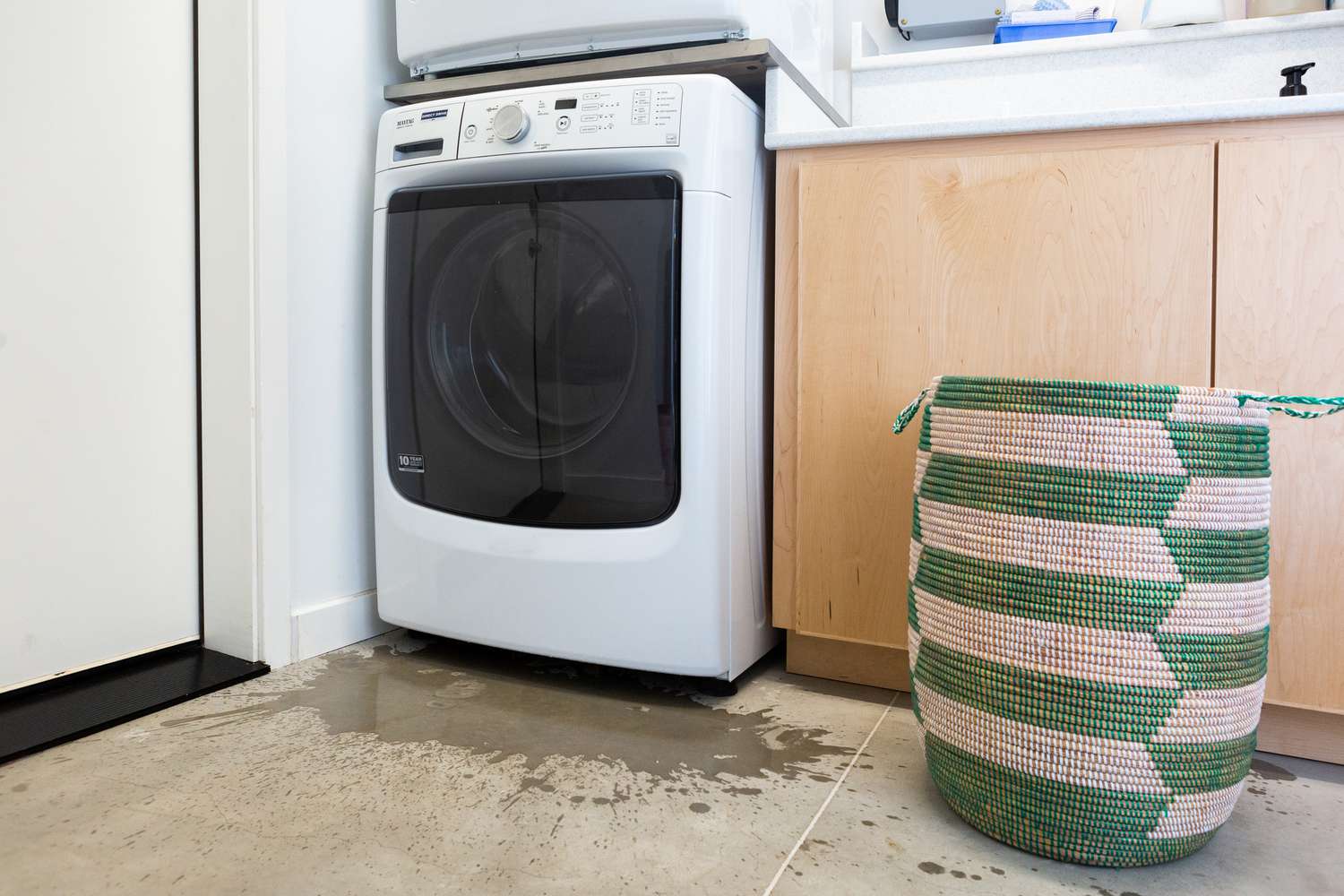
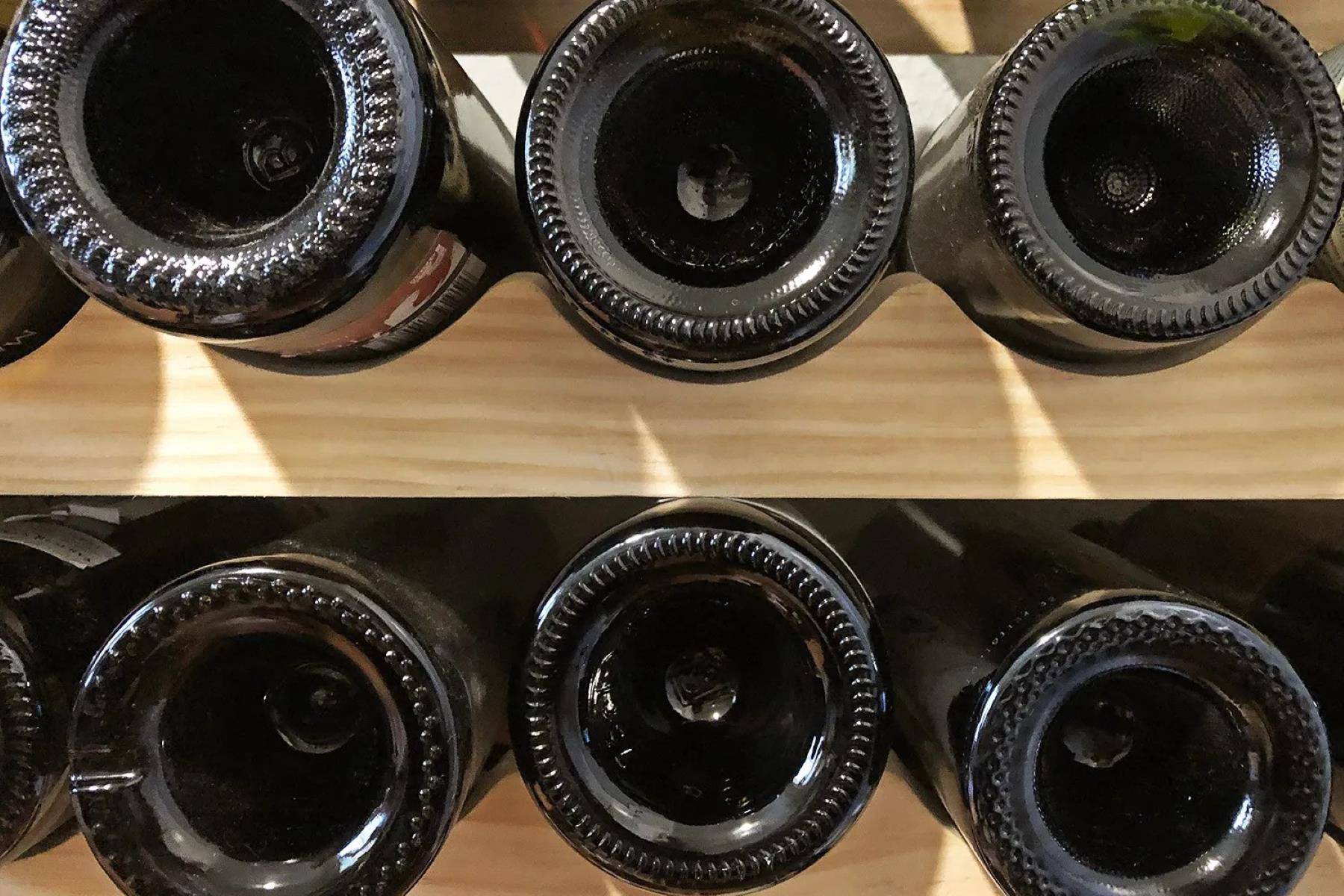
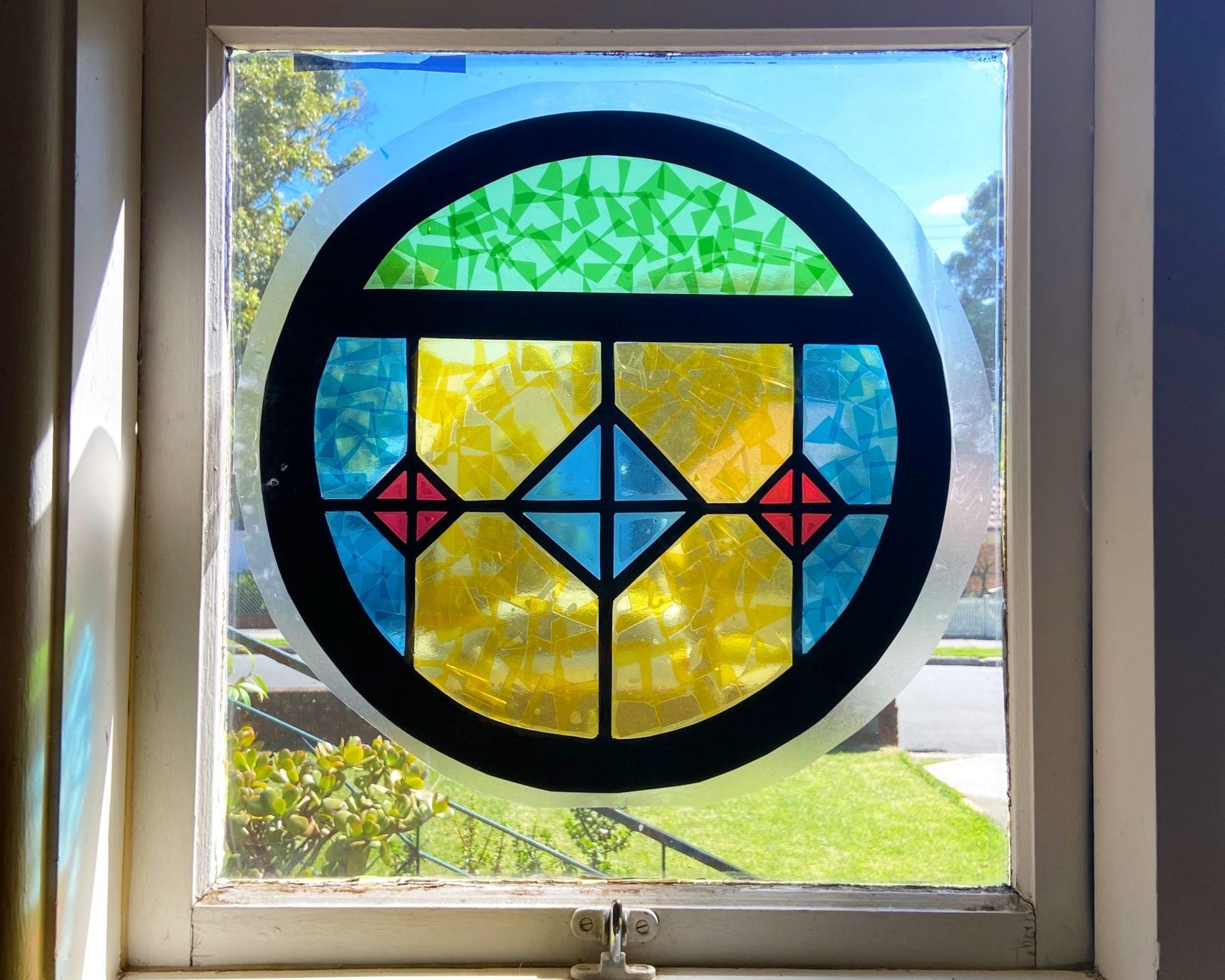

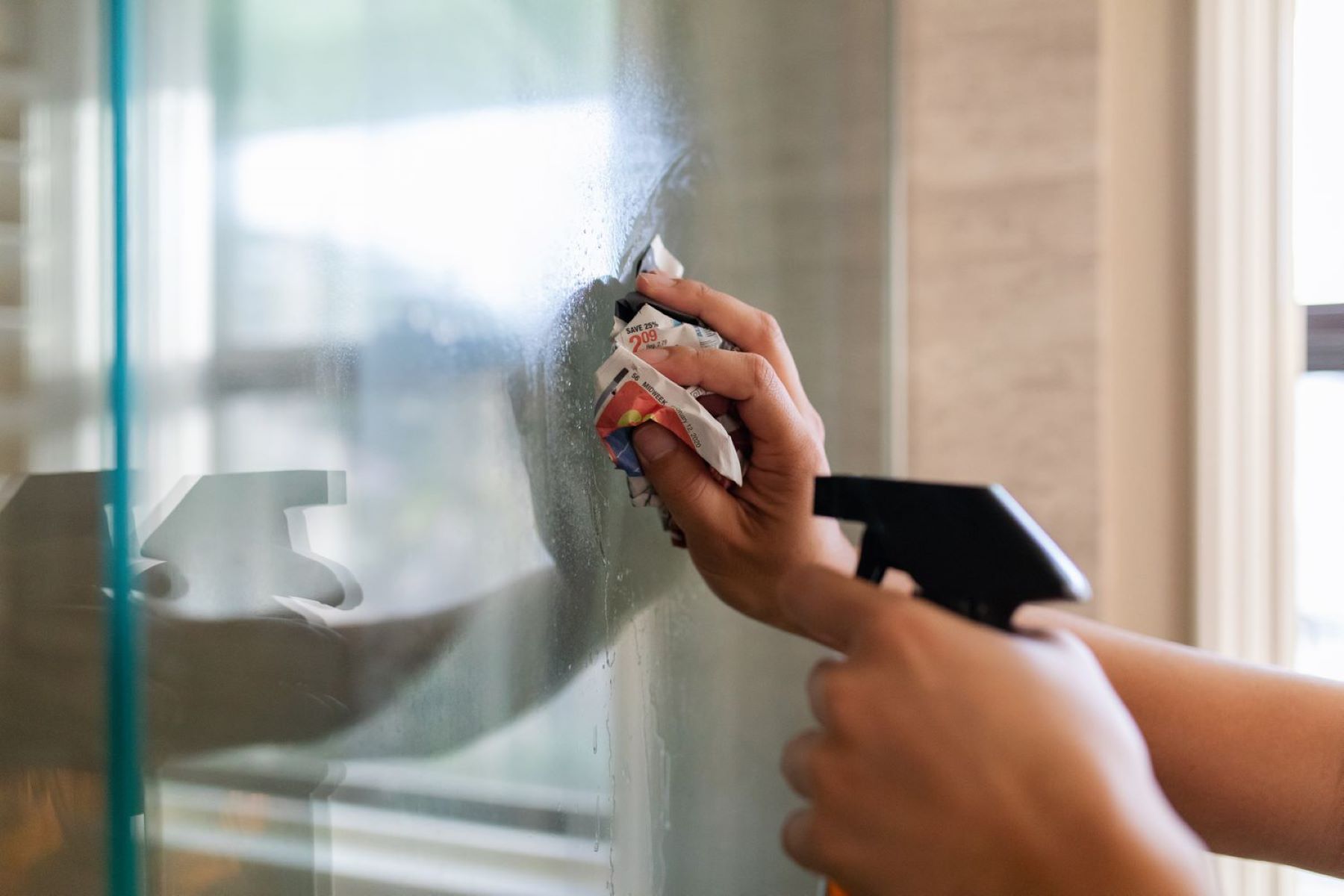

0 thoughts on “Why Are Old Glass Windows Thicker At The Bottom”